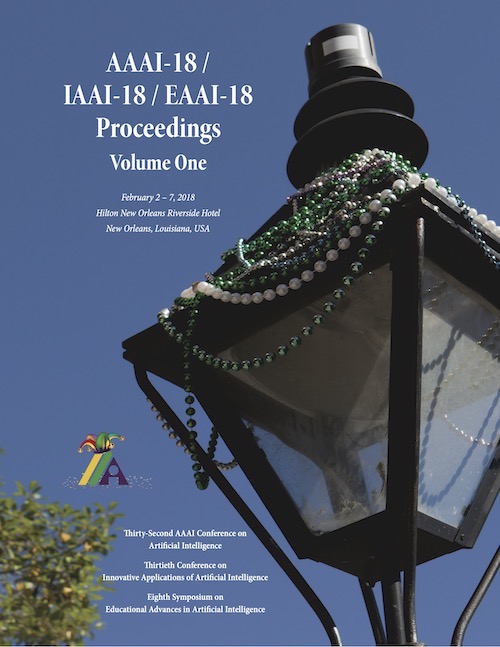Published:
2018-02-08
Proceedings:
Proceedings of the AAAI Conference on Artificial Intelligence, 32
Volume
Issue:
Thirty-Second AAAI Conference on Artificial Intelligence 2018
Track:
AAAI Technical Track: AI and the Web
Downloads:
Abstract:
In traditional models for word-of-mouth recommendations and viral marketing, the objective function has generally been based on reaching as many people as possible. However, a number of studies have shown that the indiscriminate spread of a product by word-of-mouth can result in overexposure, reaching people who evaluate it negatively. This can lead to an effect in which the over-promotion of a product can produce negative reputational effects, by reaching a part of the audience that is not receptive to it. How should one make use of social influence when there is a risk of overexposure? In this paper, we develop and analyze a theoretical model for this process; we show how it captures a number of the qualitative phenomena associated with overexposure, and for the main formulation of our model, we provide a polynomial-time algorithm to find the optimal marketing strategy. We also present simulations of the model on real network topologies, quantifying the extent to which our optimal strategies outperform natural baselines.
DOI:
10.1609/aaai.v32i1.11282

AAAI
Thirty-Second AAAI Conference on Artificial Intelligence 2018
ISSN 2374-3468 (Online) ISSN 2159-5399 (Print)
Published by AAAI Press, Palo Alto, California USA Copyright © 2018, Association for the Advancement of Artificial Intelligence All Rights Reserved.
